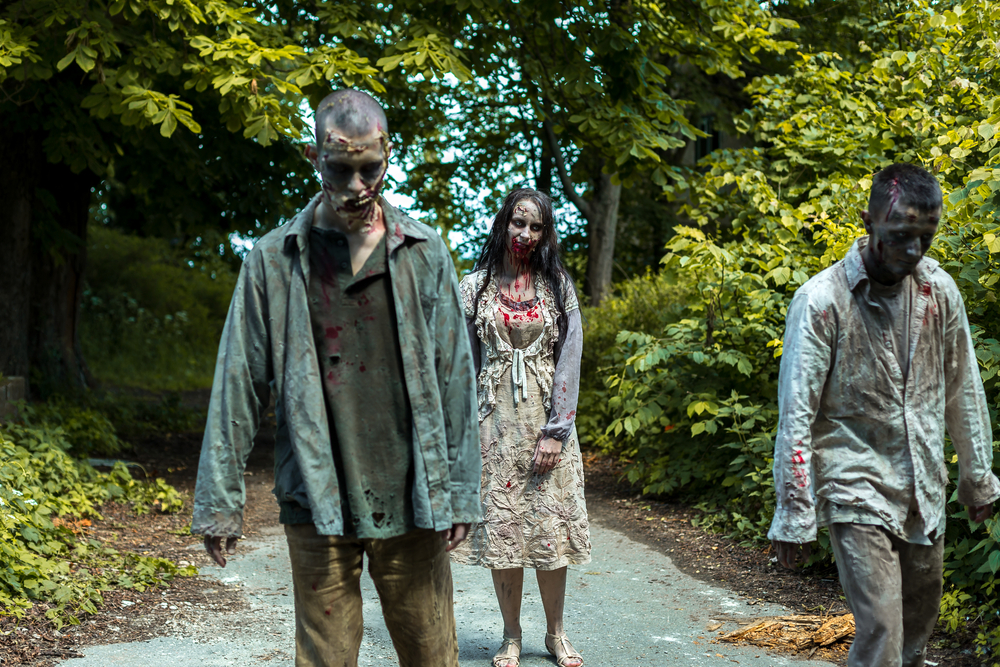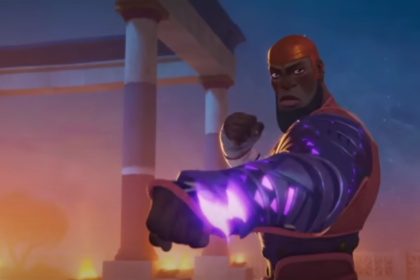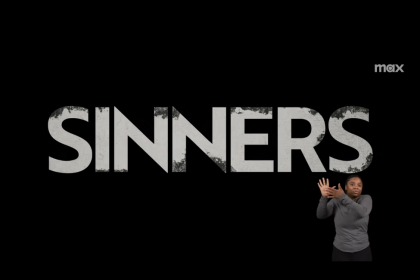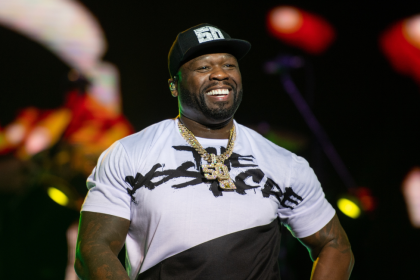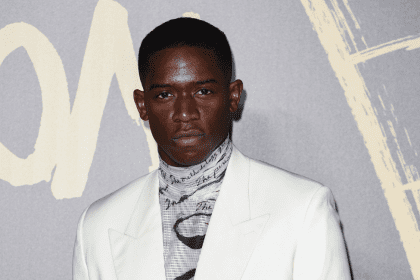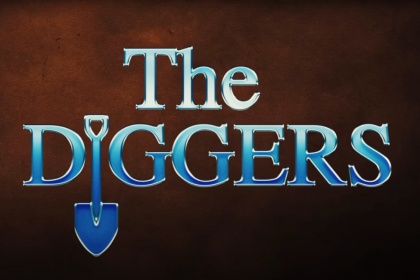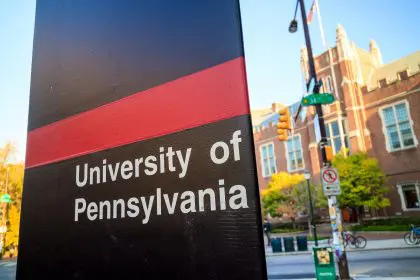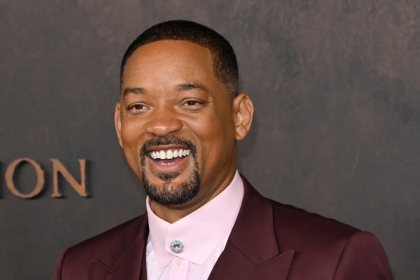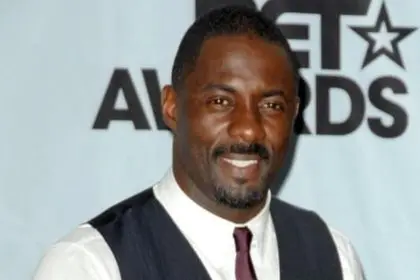Remember when The Walking Dead: Dead City was marketed as the ultimate showdown between two of the franchise’s most magnetic characters? Well season 2 has pulled a fast one on fans with a brilliant pivot that’s breathing new life into this undead universe.
The torch passes to a new generation
After building its first season around the crackling tension between Negan and Maggie, Dead City boldly shifts its focus to someone most viewers probably forgot about — Hershel Rhee. Yes, Glenn and Maggie’s son is all grown up now, and his journey forms the emotional backbone of this sophomore season.
It’s a gutsy storytelling move that pays off spectacularly. The young man never knew his father, yet lives in the shadow of his brutal murder. His complicated feelings toward both his mother’s grief and the man who wielded the bat create genuinely heart-wrenching drama. Logan Kim delivers a surprisingly nuanced performance as Hershel, holding his own in emotional scenes opposite the always-excellent Lauren Cohan.
This generational trauma storyline provides something the franchise desperately needed — a fresh emotional perspective on events we thought had been examined from every possible angle. At what point do you move on from loss? What happens when you cling too tightly to a past that never really existed for you? These questions hit differently when asked by someone who grew up entirely in the apocalypse.
Smart separation keeps the tension alive
Remember how season 1 forced Maggie and Negan into an uneasy alliance? Season 2 wisely keeps them apart for most of its run. Their dynamic had been stretched thinner than walker skin on sun-bleached bones, so this separation avoids wearing out what made their pairing compelling in the first place.
Instead, we see Negan reluctantly pulled toward his old villainous ways as The Croat and Dama manipulate him into helping unite the various NYC factions against New Babylon. Meanwhile, Maggie teams up with Perlie Armstrong on a daring mission to infiltrate The Croat’s methane operation. This parallel storytelling creates a delicious tension as we wonder when and how their paths will inevitably cross again.
Jeffrey Dean Morgan clearly relishes the chance to tap back into Negan’s showboating dark side, especially when reunited with an electrified version of his beloved Lucille. There’s something tragic in watching him potentially backslide after so much hard-earned redemption, making his storyline feel consequential rather than repetitive.
The nostalgia trap ensnares everyone
Dead City season 2 weaves a thoughtful thematic thread throughout its apocalyptic chaos — our complicated relationship with the past. Nearly every character grapples with the world that was and whether clinging to those memories helps or hurts their present.
Gaius Charles brings soulful depth to Perlie Armstrong as he questions why he’s fighting to restore a society his daughters never even knew. New characters like art collector Bruegel and historian Benjamin Pierce exist almost entirely to preserve relics and memories of pre-apocalypse civilization, much to the frustration of those focused on survival.
This exploration of nostalgia provides rich subtext to the action, especially as we watch The Croat and his followers literally transform the dead into fuel to power their vision of the future. The metaphor isn’t subtle, but it’s effective — the past can either power us forward or hold us in place.
Too many survivors spoil the apocalypse
For all its thematic ambition, season 2 stumbles by introducing too many new faces too quickly. Besides the aforementioned Bruegel and Pierce, we meet Central Park cult leader Roksana, New Babylon marshal Lucia Narvaez, and gang leader Christos, among others.
This character overload creates the same problems that plagued later seasons of the original show. With limited screen time spread across so many players, it’s hard to develop meaningful connections to newcomers. Some storylines wrap up almost as quickly as they’re introduced, leaving viewers struggling to track motivations and alliances from one scene to the next.
The most frustrating aspect is that both Željko Ivanek as The Croat and Lisa Emery as Dama deliver fantastically chilling performances that deserve more focused attention. Their slippery alliance provides some of the season’s most intriguing tension, but it sometimes gets lost in the crowded narrative.
Spectacular setpieces save the day
While the overcrowded cast list creates some narrative confusion, Dead City compensates with ambitious action sequences that push the boundaries of what we’ve seen in this universe. An early episode features a Pirates of the Caribbean-worthy boat invasion that showcases director Michael E Satrazemis’s visual flair through creative telescope and binocular shots.
For gore enthusiasts, Bruegel’s blood-soaked zombie fight clubs deliver gruesome spectacle. But the season’s jaw-dropping centerpiece has to be Maggie’s face-off with a bear — a sequence teased in trailers that somehow exceeds expectations when seen in context. The CGI seamlessly blends with the show’s practical effects, creating a truly memorable showdown.
These blockbuster moments provide welcome adrenaline rushes between the political maneuvering and emotional conversations. After hundreds of episodes in this apocalyptic world, it’s refreshing to see the franchise still finding new ways to deliver shocking set pieces.
Last of Us inspiration shows through
Eagle-eyed viewers will spot several moments that seem directly inspired by The Last of Us games. From its exploration of how vengeful thoughts poison everyone they touch to specific visual compositions, Dead City occasionally feels like it’s borrowing from PlayStation’s zombie masterpiece.
This influence isn’t necessarily a bad thing. Both properties excel at examining how trauma shapes survivors in a broken world. One particularly striking fireside scene could have been lifted directly from a Seraphites sequence in The Last of Us Part II. While Dead City doesn’t reach the emotional heights of its video game inspiration, the fact that it can even approach that quality this far into the franchise’s run is impressive.
Dining out on Glenn’s death one more time
After nearly a decade, you’d think the show would have exhausted every possible emotional angle from Glenn’s brutal murder. Yet through Hershel’s inherited trauma, Dead City finds a genuinely novel way to revisit one of television’s most shocking moments.
This approach feels earned rather than exploitative because it explores new emotional territory. We’ve seen how Glenn’s death affected Maggie and even Negan himself, but witnessing its impact on a son who only knows his father through stories adds poignant complexity. The season’s most gut-wrenching scenes come from watching Hershel struggle with loving a mother who can’t let go and hating a man for destroying something he never actually had.
Ian Hultquist’s haunting score elevates these emotional moments, using subtle musical callbacks to tie present grief to past tragedy without beating viewers over the head with obvious references.
An imperfect but intriguing evolution
Dead City’s second season isn’t flawless. Its overcrowded cast and occasional prioritization of spectacle over coherence create frustrating moments. But its willingness to push beyond the expected Negan-Maggie showdown into more nuanced territory shows a franchise still capable of evolution.
By shifting focus to Hershel Rhee and the next generation’s relationship with apocalyptic trauma, the show finds unexpected emotional depth. When combined with ambitious action sequences and strong performances across the board, it delivers a compelling argument for continuing to explore this world even after the main series concluded.
For a franchise entering its fourteenth year, that’s no small achievement — proving there’s life in these walking dead yet.

